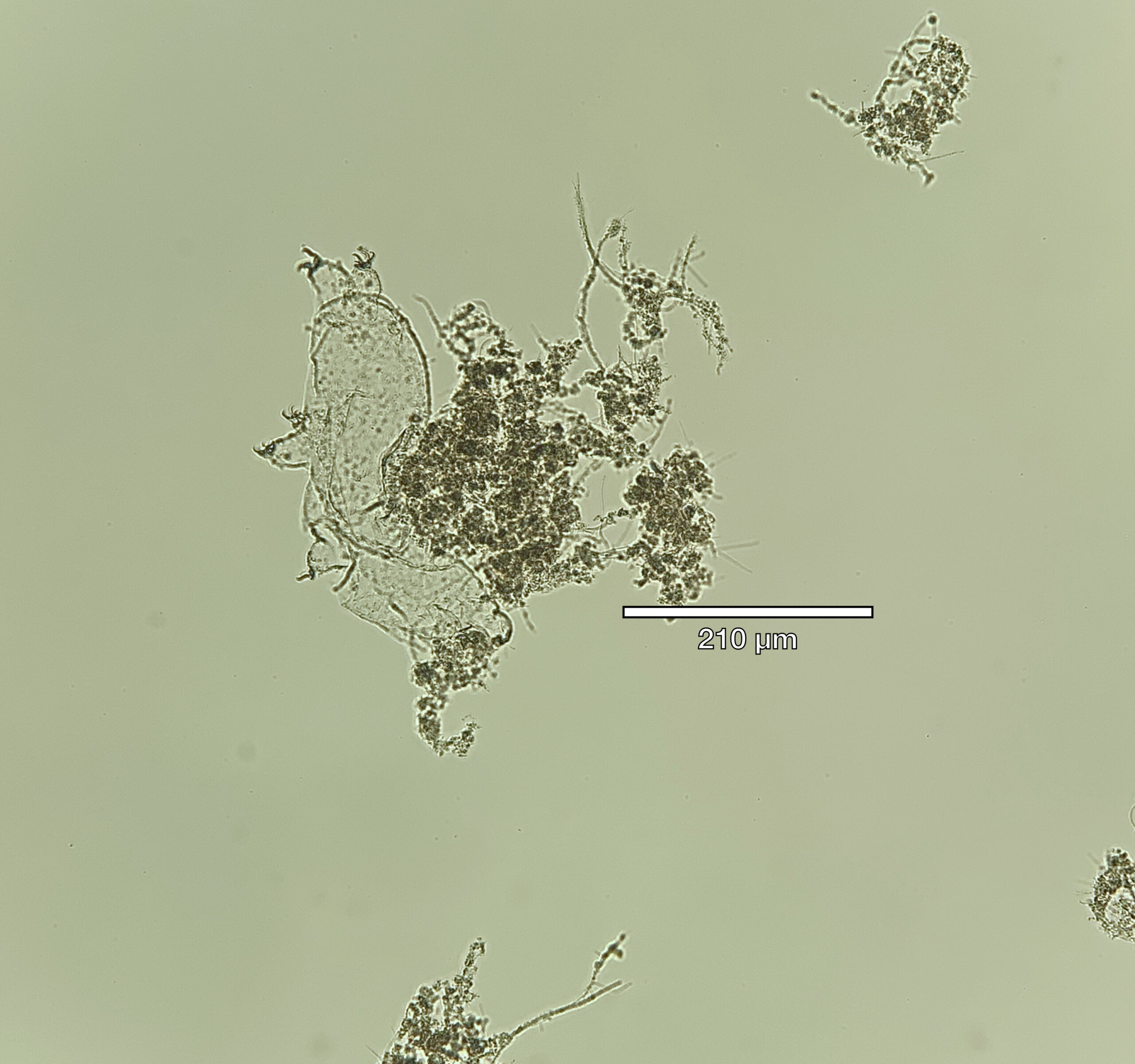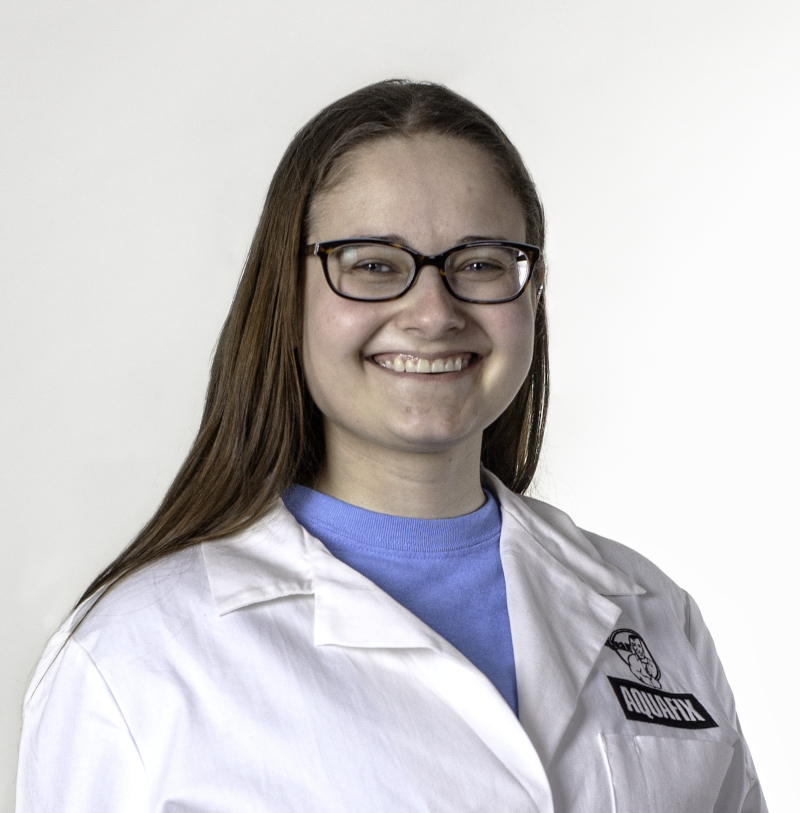The Secret Life of Bugs:
Tardigrade
Is your plant a crime scene or are the tardigrades still alive?
by Natalie Walton, Aquafix Microscopist
Tardigrades are very helpful to many areas in the scientific community. They have been launched into space, shot out of guns, and thrown at walls; all in the name of scientific research. Tardigrades can also be helpful creatures to wastewater operators by acting as indicator organisms. When tardigrades are observed in a wastewater plant they mean your sludge age is high, albeit stable. However, if the tardigrades are dead that may mean toxic conditions are present. But, before you start to worry about possible toxicity, make sure the tardigrades in question are actually dead and not just the empty cuticle of a tardigrade that recently moulted.
Tardigrades grow in body length through a moulting process. This process occurs periodically throughout their lifetime until they reach their maximum size. During this 5 to 10 day process, the cuticular lining of their foregut and internal organs, as well as stylets (teeth), are shed through their mouth. After this happens, a new cuticle structure begins to form, and new claws, stylets, and stylet supports are grown. After this regeneration occurs the old cuticle, or exuvia, will be released.

However, more may be released than just their exuvia. By their second or third moulting tardigrades will have reached sexual maturity. Once they have reached sexual maturity, some species of tardigrades will lay their eggs in their exuvia. Of the ones that do, some will keep their exuvia attached to their body until the eggs hatch while others release it right away.
So, before jumping to conclusions and trying to figure out what killed your tardigrades, first determine if they are actually dead or if they only moulted. Thank you for reading and stay tuned for the next Secret Life of Bugs!
What bugs do you want to hear about next? Let us know at info@teamaquafix.com.

About the Author
Natalie Walton joined Aquafix in 2019 and focuses on performing microscopic analysis for customer samples, as well as conducting experiments on innovation in grease removal. She was also a key contributor to creating our Microorganisms Database supplying identification tips and research.
